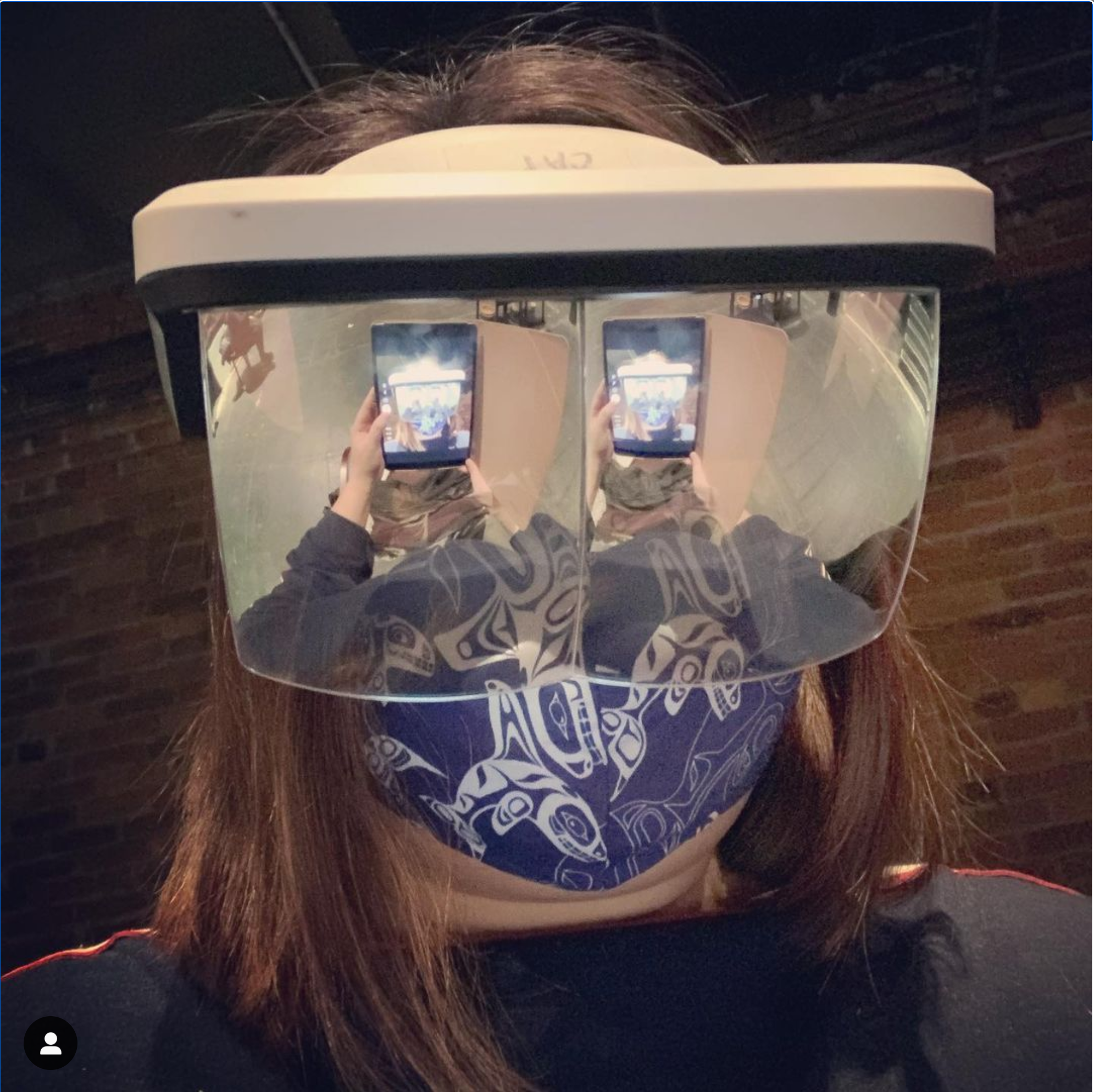Written by Rick Roberts, Directed by Richard Rose
Presented Feb 3 - 14, 2021 Live Online via the Tarragon Theatre website
Summary of Project:
Euripides’ genre-defying classic has been hacked, warped and chopped — rebooted for the electronic age. Orestes, “the poet laureate of the Internet!” is blurred and bleeding across YouTube, Snapchat, Instagram, Twitter and Tiktok. His unimaginable crime of matricide is stuck on autoplay. De-platformed, disconnected, stranded in the silence of the real, he must claw his way back online and survive there by any means necessary.
Description of User Experience:
After accessing the URL, the user puts in a password to access the website. The password changes daily.
A pop-up appears asking the spectator for their phone number. They do not need to provide their number if they do not wish to do so.
Throughout the performance, the user has access to an embedded chat client, where they can send messages to each other. The chorus also appears in the chat client.
The main video feed starts automatically, and is playing continuously until the end of the performance. At various junctures in the performance, spectators get to choose which characters they will follow and listen to. Characters invite the audience to follow them, and clickable links appear on the video. Spectators click on a character’s link to be taken to that character’s video feed (often with a different background than the main feed). Once in these more private video spaces, spectators can return to the main feed at any time.
At the end of the performance, if the spectator provided their phone number when prompted by the pop-up, they will receive a call from Helen of Troy.
Content Type:
Live streamed composited video with chat room.
How Traditional Theatre Techniques Have Been Incorporated:
Orestes used the logic of immersive theatre, where spectators can choose which character or characters they’d like to follow throughout the play.
Unique Innovations:
- Performers received a Studio in a Box based on their own character’s needs, which they then had to set up and use in their home.
- Designers and actors have to work together to fix issues, and rely on each other in a way that is not seen in a traditional theatre setting.
Identified “Best Practices” for Mixed Reality Production:
- Some questions worth asking when creating a Mixed Reality Production:
- What do I want to achieve with the technology?
- What is the most efficient what to achieve what I want to achieve?
- Is there an existing piece of technology that I can use to achieve what I want to achieve?
- How will the audience know that the performance is live streaming and not pre-recorded?
- For artists just starting to create Mixed Reality Productions, it is important to experiment, and run up against the limitations of the technology. Then, perhaps in future work, steps can be taken to try to figure out how to overcome those limitations.
- Dedicated tech time, without any conversation about acting or production, is a good way to fix any issues with technology, and get everyone used to how it all works.
- Remember that lighting renders differently on different video platforms and this can be challenging for designers.


